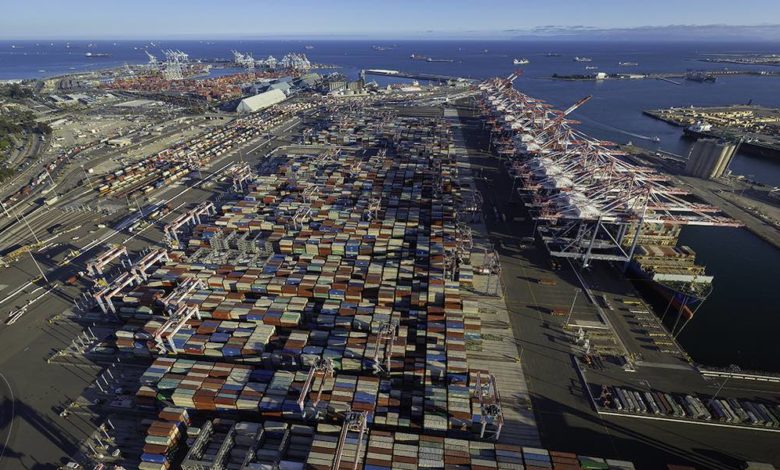6m teu of surplus containers now exist

The global pool of shipping containers increased by 13% to almost 50m teu in 2021, which was three times prior growth trend. This reflected lessors and ocean carriers ordering a record number of containers, while retiring fewer ageing units, as congestion across global supply chains meant containers were an estimated 15% to 20% less productive than in pre-covid times, according to Drewry’s recently published Container Census & Leasing Annual Review & Forecast 2022/23 report.
Drewry estimates that each container averaged 18.1 lifts in 2021 compared with 19.2 in 2020 and between 19.5 and 20.6 in the 2010s. Moreover, the number of containers per slot of vessel capacity increased by 8% in 2020 when the pandemic started and remained at this level throughout 2021.
Drewry estimates that as many as 6m teu of surplus containers now exist in the global equipment pool. While large by historic standards, Drewry considers this surplus to be manageable for the industry.
“The delivery schedule of new ships is very strong with slot capacity expected to increase by 3.6m teu in 2023 and by over 3.9m teu in 2024,” said Drewry’s head of container equipment research John Fossey. “With new IMO emissions regulations coming into force in January 2023 forcing some ships to sail slower, much of the surplus equipment currently in service is expected to be absorbed. In addition, there is evidence to suggest that some carriers are planning to have more buffer stock in their equipment pools, while fewer new containers will be built in the next two years.”
Drewry forecasts that output in 2022 and 2023 will be much lower than last year, at 3.9m teu and 2.4m teu respectively, with replacement accounting for most of the orders. While newbuild and secondhand prices will fall, a return to the very low prices of 2019 is not anticipated as manufacturers are expected to manage their capacity and pricing strategies very carefully. Meanwhile, the secondary market remains robust and the uses to which ex-trading containers can be put to use continues to expand.
“Looking ahead, ocean carriers will be the main buyers of equipment over the next two years with lessors then taking control again, raising their share of the pool to 54% by 2026,” added Fossey. “Moreover, per diem rates and investment cash returns will generally be higher over the forecast period than in the past five years.”

agree with a lot of this, the only thing i can’t necessarily agree with is with 6m surplus containers in the system (and still growing presumably) do we really think the lines will keep these in service if and when bottlenecks ease off and / or we fall into a global recession – where one assumes fright demand drops below capacity and the lines see they have more cotainers than they need in their fleets? Prices are set to drop (they are already easing), so surely there is a major first mover bonus for the first fleet owner to try and dispose of some 15 year old stock at super high prices. if they can get these sold when prices are high they can sell them for more than they paid 15ish years ago, if they wait until prices drop they may get something like half the value. I feel there is a real risk if a crash in container prices, but i also feel / guess its not in many analysts interests to predict this or even gesture towards the possibility?